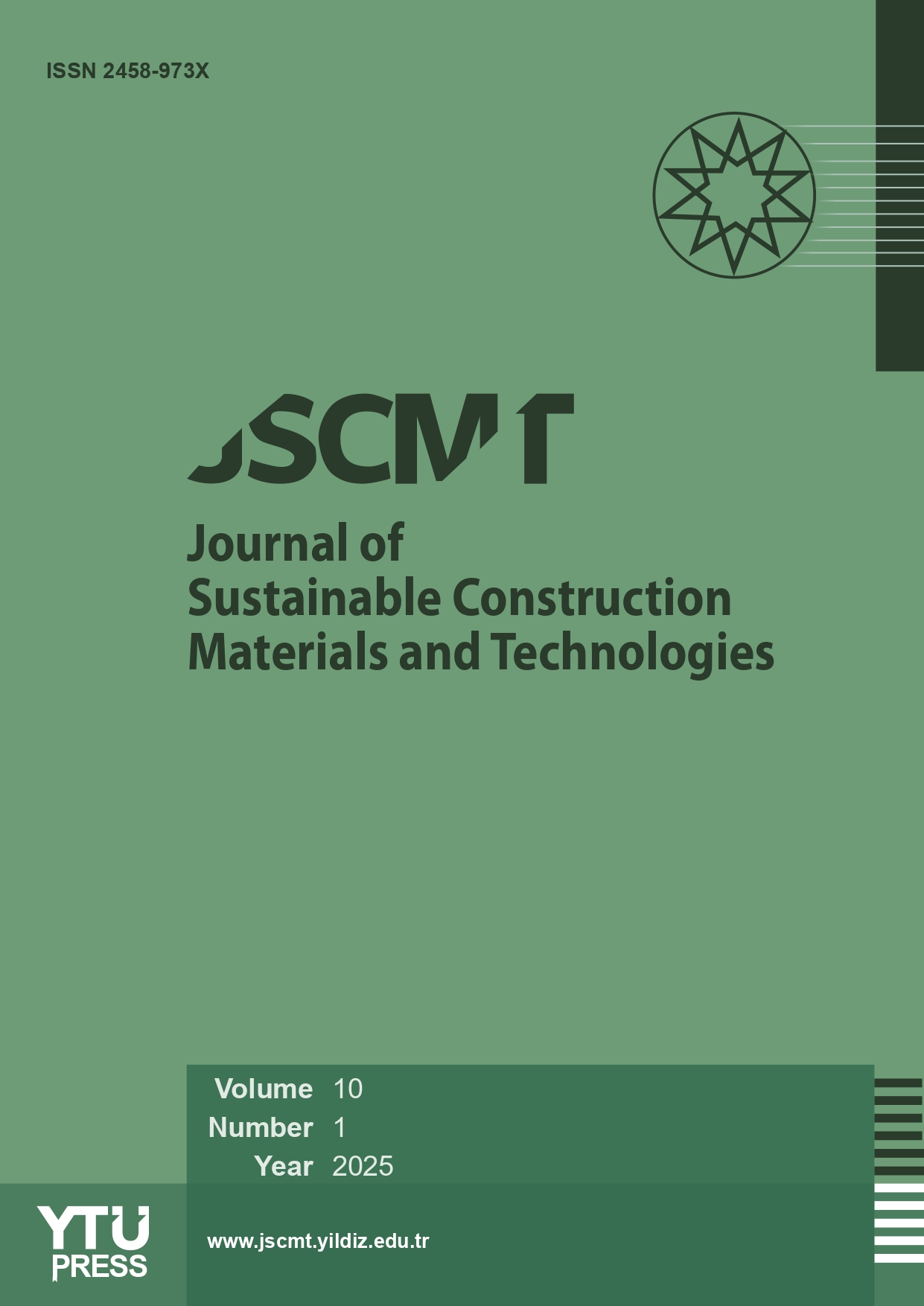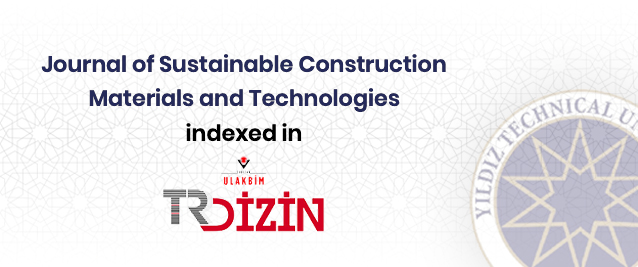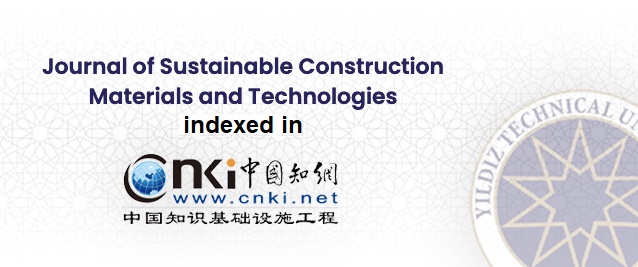2Izmir Institute of Technology University, Faculty of Engineering, Department of Environmental Engineering
3Canakkale Onsekiz Mart University, Faculty of Engineering, Department of Chemical Engineering, Surface Science Research Laboratory
Abstract
Phytoplankton and diatom microalgae species cause biofouling by adhering to the surfaces, especially in closed cultivation systems such as tubular photobioreactors. This biofilm formation blocks the sunlight; after harvesting, it is necessary to clean the reactor. This cleaning process causes loss not only for time and finance but also in terms of environmental pollution due to using toxic chemicals and excess water usage. This study aimed to investigate the reduction of the microorganism cell adhesion on the hybrid surface. To succeed in this, the composite surface of tetraethoxysilane (TEOS) and lactic acid (LA) was prepared by the sol-gel process. Then the hybrid surfaces were coated on glass slides by the dip coating method. The wettability performance of the TEOS-LA hybrid surface was investigated using contact angle measurement and light transmittance. The wettability result showed that the superhydrophilic surface having 54 mJ/m2 of surface free energy values was obtained. An increase in the lactic acid content of the composite films increased the surface free energy (SFE) values decreasing the water contact angle. A pencil hardness test characterized the mechanical strength of the surfaces, and it was determined that the hardness of the composite films was decreased by increasing the LA content of the composite films. Resultantly, it is found that the TEOS-LA superhydrophilic composite film reduces the adhesion of microalgae.
















